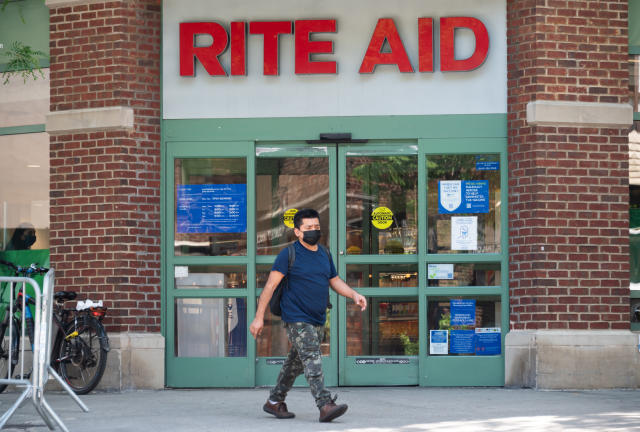In the ever-evolving landscape of retail, even the giants can find themselves facing steep challenges. Recently, some of the nation’s largest drugstore chains, including CVS, Walgreens, and Rite Aid, have announced plans to shutter a significant number of their stores. The reasons behind these closures are diverse, but they all point to a larger issue within the industry.

The Prescription for Downsizing
Rite Aid, the nation’s third-largest pharmacy chain, is grappling with significant debt and impending opioid-related lawsuit settlements. In a bid to weather this storm, it’s considering filing for bankruptcy and closing between 400 to 500 of its 2,100 stores.
CVS, the second-largest chain, has already embarked on a plan to close 900 stores between 2022 and 2024. GlobalData analyst Neil Saunders attributes CVS’s woes to outdated store designs, subpar merchandise displays, and a lackluster product assortment that has left customers uninspired.
Walgreens, the industry leader, is also feeling the pinch. It plans to close 150 stores as a cost-saving measure, along with reducing operating hours in more than a thousand others. CEO Rosalind Brewer cited economic headwinds, including higher inflation and interest rates, as contributing factors.
Same Stuff, Different Store
One key problem facing these drugstore giants is their struggle to differentiate themselves. From a consumer’s perspective, there’s often little to distinguish one major drugstore from another. They carry similar products, have similar layouts, and even offer the same services like prescription filling.
While they’ve attempted to diversify by adding upscale beauty lines and expanding their product range, this has only pitted them against specialty retailers like Ulta and Sephora, which excel in beauty products. They also carry greeting cards and basic grocery items, but grocery stores are better equipped to handle those needs.
The Rise of Independent Pharmacies
In contrast, independent pharmacies have been thriving. A study by the Pharmaceutical Care Management Association found that the number of independent pharmacies grew by 13% from 2010 to 2019. These local pharmacies benefit from the “shop local” movement and offer truly personalized health advice, fostering a sense of community and trust.
Convenience Matters
Chain drugstores have primarily become destinations for filling prescriptions. CVS, for example, attributes about 75% of its sales to pharmacy services. However, customers find it more convenient to fill their prescriptions while grocery shopping. Grocery chains like H-E-B, Wegman’s, and Kroger offer this convenience and earn higher customer satisfaction scores.
The Amazon Effect
Online retailers, especially Amazon, are also disrupting the industry by offering prescription services without the need for physical stores. Amazon’s RxPass service, part of its Prime membership, allows customers to fill generic prescriptions for a flat monthly fee. With Amazon’s entry, experts believe that CVS and Walgreens are ripe for disruption.
The Missed Opportunity
During the pandemic, drugstore chains had a chance to solidify their position in healthcare, especially considering their wide reach. CVS and Walgreens have made efforts to expand into healthcare services, such as urgent care and virtual primary care. However, these initiatives may not fully address the issues plaguing their core retail operations.
In conclusion, the downsizing of major drugstore chains reflects a shifting retail landscape where differentiation, convenience, and personalized service are crucial. While the industry giants have their work cut out for them, consumers have more choices than ever when it comes to filling their prescriptions, and they’re gravitating toward options that offer more than just medicine on the shelves.
